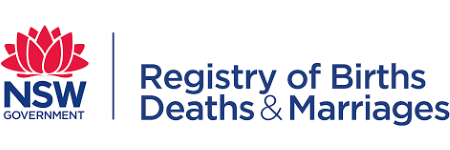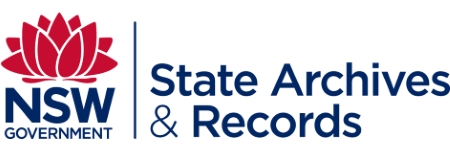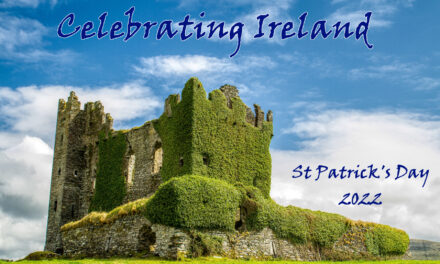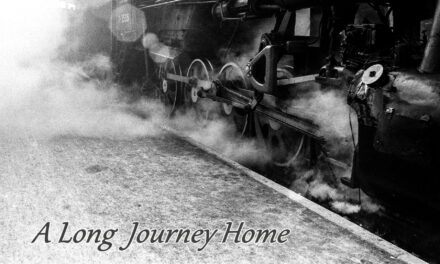One thing I am often asked when discussing family history is, “Where do I start?” In fact one DNA match who lived in the US knew he had ancestors connected to New South Wales but didn’t have any idea as to what records were available, let alone how or where to find them. The following sites are therefore provided as a starting point for your research, specific to NSW. Of course there are equivalent repositories in other jurisdictions as well.
Births, Deaths and Marriages NSW
https://familyhistory.bdm.nsw.gov.au
This site allows you to search the index and see some basic information. You can then order either a certificate, or you can use a transcription agent which is cheaper. Be aware that records before 1850 will be baptismal and burial records rather than birth and death certificates. 1850 was when civil registration started and prior to this it was up to the parish churches to record life events and send to the central authority. Any number with a V in front of it refers to these early church records. Certificates cost AUD $35 so it can soon add up if you have several to buy. NSW has transcription agents which are cheaper and the difference is that you don’t get an image of the actual register but rather a transcription of what the register says. Essentially you are trusting the transcriber to record correctly what they see. My transcriptions have been excellent and all agents have to be registered so standards are maintained. I use Joy Murrin Family History Services for my transcriptions. NSW Transcriptions is another agent, with slightly different prices.
NSW State Archives & Records
https://www.records.nsw.gov.au/archives/collections-and-research
This is the official archives of the government so anything to do with any government agency will be found here including asylums, gaols, probate, wills, immigration etc. Probate packs usually have copies of wills and various other documents involved in the settling of an estate. Sometimes a copy of the death certificate will be included and perhaps a photograph if it is relevant to the settling of the estate. A list of assets and liabilities at the time of death can be very illuminating. There is something magical about seeing the signature of your ancestor on their will and touching documents you know they touched.
Convict heritage is an important consideration when researching ancestors and the State Archives have a wealth of information in relation to this period of the state. The Colonial Secretary Letters are a wealth of information and will often report the day to day running of the colony including movement of convicts, arrests, memorials from convicts requesting consideration of leniency etc. Up to 1825, these records are available online and from 1826-1895 you need to visit the library and use the Joan Reese Index to find relevant records and then request them for viewing. You can photograph records yourself or request copies for which you will be charged a fee.
State Library NSW
https://collection.sl.nsw.gov.au/
This is a great library and I am always amazed at what I have found here. Some of the catalogue is available online and it is a reference library meaning you can’t borrow things but can visit and request them for viewing. They also have an excellent family history section with resources on microfilm, microfische, CD-ROM and even written family histories.
Ryerson Index
http://ryersonindex.org/search.php
This index is of funeral and death notices of major Australian papers. It is a wonderful resource compiled by volunteers who daily read newspapers and upload the details of deaths and funerals. It will give the details (dates and paper) that various notices appeared in. You can then either use Google News Archive or Trove (see below) to find the particular edition you are searching for. The State Library also has many of these newspapers, particularly the titles relevant to NSW on microfilm and you can visit to view and copy the relevant articles. Death and funeral notices are a very useful resource as they will often give you details of family members including spouses, children and grandchildren. You can also sometimes be lucky and find a full obituary for one of your ancestors providing a great summary of their life and where they lived etc.
Trove
https://trove.nla.gov.au/
This is a service from the National Library of Australia and they have digitised most of Australia’s papers up until around 1955. You can search them and it’s easy to spend a great deal of time trawling through the various articles. I have found so much on my various lines in this resource including reports of “Record Loads of Wheat,” “Horse and Buggy Mishaps,” and even photographs.
Starting with relevant questions such as When did my grandmother die? or How did my ancestor arrive in Australia? can lead you to some fascinating discoveries using these resources. Returning to these sites regularly and even performing the same search can also lead to new discoveries and family history “golden nuggets.” Good luck with your research.











Recent Comments